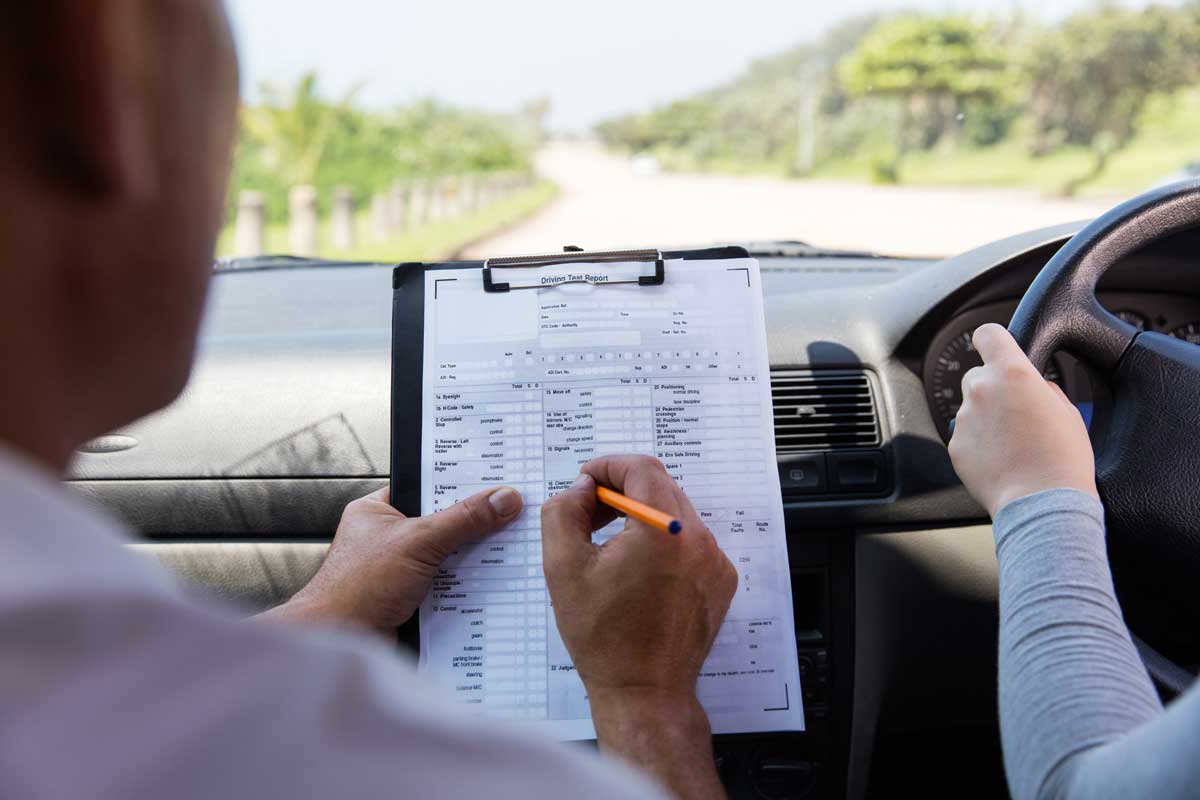Why Every Turn Counts: A Deeper Look at Driving Lessons
Learning to drive is more than mastering the basics of steering, braking, and following traffic signs. It’s a journey that builds confidence, awareness, responsibility—and yes, it all begins with one turn at a time.
Every turn you make during a driving lesson reflects a choice, a skill, and a deeper understanding of the road ahead. In this blog, we’ll explore why every turn—literal and metaphorical—matters, and how each lesson shapes not just a safe driver, but a capable individual for life.
1. The First Turn: Stepping Into Independence
That first driving lesson? It’s a big deal.
When you take your first turn behind the wheel, it’s more than a directional shift. It marks your first step into independence. You’re moving from being a passenger in life to taking control—navigating, making decisions, and learning how to manage responsibility.
That’s why instructors often focus so much attention on the basics. Because how you handle those first turns will shape the confidence you carry through every future drive.
2. Precision Matters: The Turn Is a Test of Control
A turn may only take a few seconds, but it reveals a lot:
-
Are you looking in your mirrors?
-
Did you signal in time?
-
Are you entering the correct lane?
-
Are you adjusting your speed appropriately?
Each turn becomes a real-time exam of observation, timing, and coordination. It’s not about perfection—it’s about progress. The more turns you practice, the more precise your driving becomes.
3. Turns Teach Timing—and Patience
Not every turn can be taken instantly. You often need to wait:
-
For oncoming traffic to pass
-
For pedestrians to cross
-
For gaps at roundabouts or intersections
This waiting teaches patience, a key trait for any good driver. You learn not to rush, not to panic, and not to force things—both on the road and in life.
driving lessons train you to recognize that sometimes, the smartest move is to pause and wait for the right moment.
4. Turns Are Decisions in Motion
When you’re on the road, every turn is a decision: Should I take this exit? Is this the right lane? Am I allowed to turn here?
Through each driving lesson, you sharpen your decision-making skills. You learn to:
-
Read road signs quickly
-
Anticipate other drivers’ actions
-
Trust your judgment under pressure
This helps you become not just a safer driver, but a more decisive and confident person overall.
5. Every Turn Requires Awareness of Others
One of the biggest changes that happens during driving lessons is the shift from “me” to “we.” You begin to realize:
-
Your turn affects cyclists and pedestrians
-
A mistimed move could cause confusion or danger for others
-
You need to predict what others might do before you act
This is situational awareness in action—essential for safe driving, and equally valuable in teamwork, relationships, and everyday problem-solving.
6. Mistakes Often Happen During Turns—and That’s Okay
Let’s face it: a lot of driving mistakes happen during turns. You may:
-
Forget to signal
-
Turn too sharply
-
Stall on a hill
-
Misjudge the angle or speed
But these moments are vital learning points. They teach you not to fear failure, but to respond with calm, correction, and growth.
Driving lessons are designed with this in mind. Instructors don’t just teach technique—they coach you through errors so you can improve.
7. Turns Build Muscle Memory
The more turns you take during practice, the more your body begins to remember what to do—without overthinking.
You start to:
-
Check mirrors without being reminded
-
Adjust steering smoothly through the curve
-
Maintain lane position without drifting
This muscle memory is crucial. It frees your mind to focus on more advanced decisions and boosts your confidence in busy or unpredictable traffic situations.
8. Turning Is a Metaphor for Change
Driving lessons often reflect broader life lessons, and turning is a perfect example.
Think about it: every turn represents change—a shift in direction, a choice to move forward differently. Sometimes the road ahead isn’t straight. Sometimes, we must slow down, assess, and choose the right path to reach our destination.
Learning how to handle turns—gracefully, thoughtfully, and safely—teaches you how to handle change in life with the same mindset.
9. In the Test, Every Turn Counts
When it comes to the actual driving test, examiners pay close attention to your turns. That’s because how you turn says a lot about how you drive overall:
-
Are you aware of your surroundings?
-
Are you confident and in control?
-
Do you respect traffic rules?
-
Are you communicating clearly with signals?
Mastering your turns isn’t about impressing an examiner. It’s about proving you can be trusted behind the wheel.
10. The Journey Is Full of Turns—So Learn to Love Them
Driving isn’t about going in a straight line forever. It’s about learning to adapt, adjust, and pivot when needed.
And that’s why every turn counts. It’s not just about moving left or right. It’s about learning how to move forward, no matter where the road leads.
Final Thought: Your Next Turn Might Be the One That Changes Everything
As you take more lessons and improve with each turn, you’re not just becoming a better driver—you’re becoming someone who can think clearly, act decisively, and move forward with confidence.
So the next time your instructor says, “Take the next left,” don’t just see it as a direction.
See it as a step in your journey toward becoming a capable, confident, and thoughtful driver.
Because in driving, as in life, every turn counts.
Would you like a downloadable “Smart Turning Checklist” for new drivers to practice with on the road? I’d be happy to create one!





